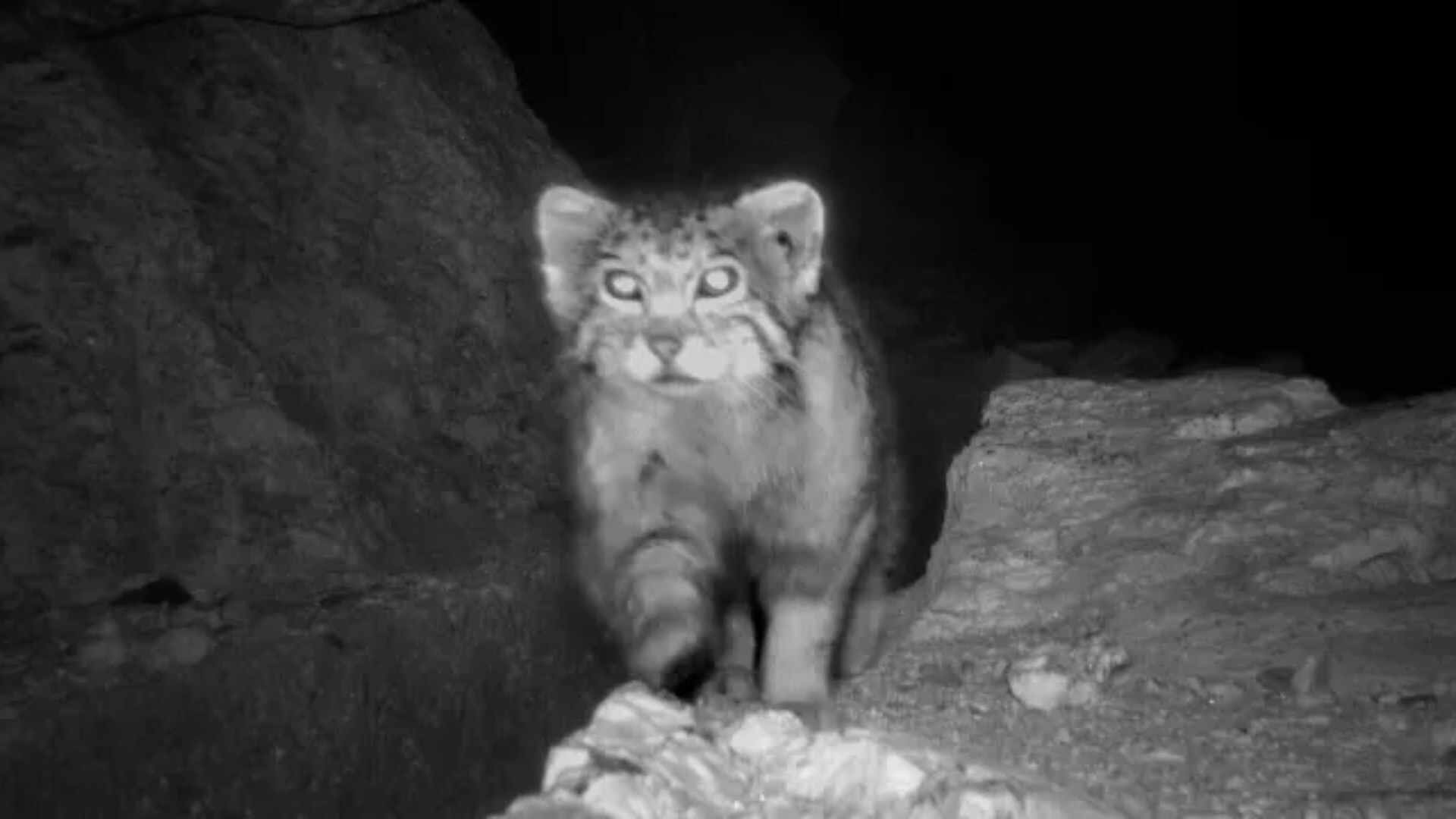The “screaming mummy,” discovered in 1935 beneath the tomb of Senmut near Luxor, has long intrigued researchers due to its startling expression reminiscent of Edvard Munch’s ‘The Scream’. This 3,500-year-old mummy was recently studied using advanced CT scanning and X-ray diffraction analysis, revealing new insights into her condition and burial.
Findings:
Mummification Details: The mummy was buried without the typical embalming incision, and her organs were not removed, which is unusual for the New Kingdom period. Despite this, she was buried with valuable scarab rings and high-quality embalming materials like juniper resin and frankincense, indicating a significant level of care and expense in her mummification.
Eye Conditions and Hair Analysis: CT scans showed she was approximately 1.55 meters tall and around 48 years old at death. Her hair contained traces of henna, and the wig was made from braided date palm fibers with juniper and frankincense, possibly used to stiffen the fibers and enhance their appearance.
Facial Expression: The open mouth and “screaming” expression were initially thought to be due to a rare form of rigor mortis, suggesting she might have died in agony or distress. The researchers proposed that this cadaveric spasm, which makes the face freeze in a contracted state, could have been preserved because the embalmers were unable to alter her features before decomposition began.
Debate and Other Cases:
Criticisms and Alternate Views: Some experts, like Salima Ikram, are skeptical of the cadaveric spasm theory, arguing that embalmers could have adjusted the features during the 40-day mummification process. Dr. Stuart Hamilton also doubts the concept of cadaveric spasm, suggesting that the open mouth might simply be a result of natural postmortem changes.
Similar Cases: The researchers have previously studied other mummies with similar expressions, such as Prince Pentawere and Princess Meritamun. In these cases, the wide-open mouths were attributed to either postmortem muscle contractions or specific burial practices.
Significance:
The “screaming mummy” study provides valuable insights into ancient Egyptian burial practices, mummification techniques, and the potential causes of the mummy’s distinctive expression. While the exact reason for her open mouth remains debated, the findings shed light on the complexities of ancient Egyptian rituals and the various factors influencing mummification.







